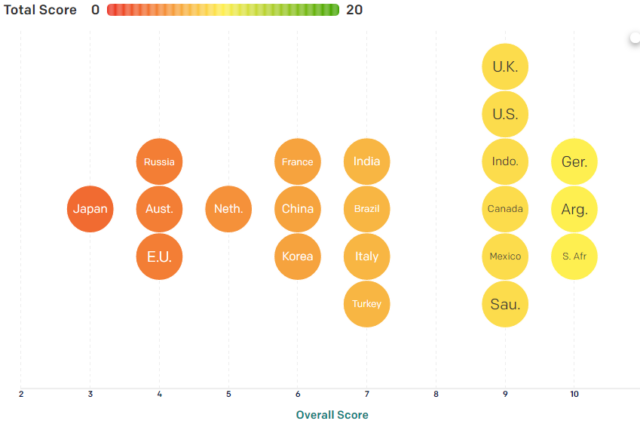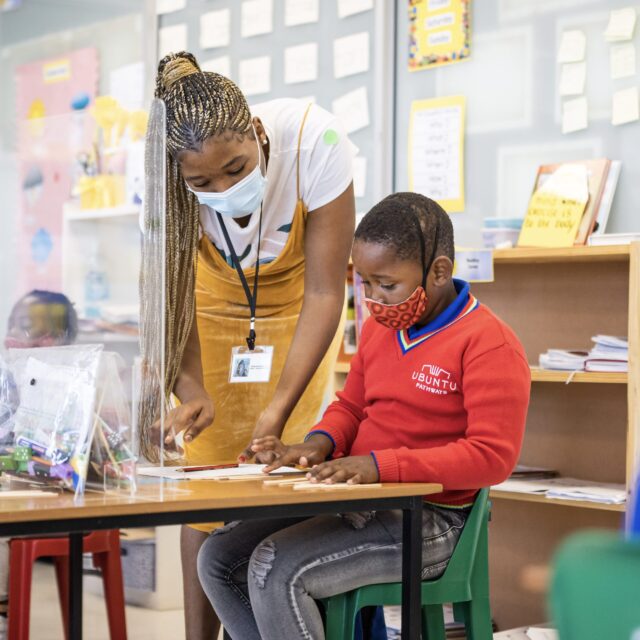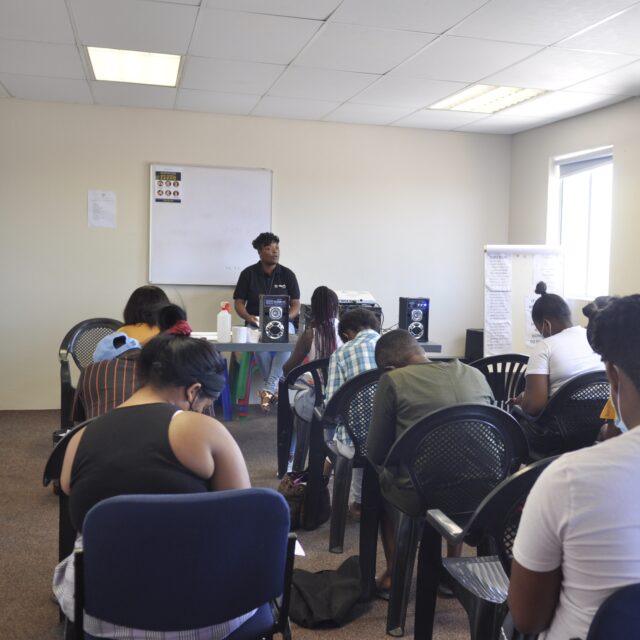With safe and effective vaccines to fight the COVID-19 virus, the question of “if” the pandemic will end has shifted to “when.” But as we’ve seen in our new animated series “Pandemica,” the pandemic won’t simply end with a vaccine, but when everyone, everywhere has access to it. If the virus remains unchecked anywhere in the world, it will continue to breach borders, mutate, and severely impact the global economy.
So how well are we doing in making sure everyone can access vaccines?
Enter our Vaccine Access Test 2.0. Our Vaccine Access Test assesses how well pharmaceutical companies and G20 governments are improving global access to vaccines. Now, with an updated methodology for 2021, the Vaccine Access Test better reflects the necessary actions that companies and governments must take to move us closer to achieving global vaccine access.
Here are the latest findings as of April 2021.
The latest trends
The Vaccine Access Test has raised the bar on measuring whether governments and pharmaceutical companies are moving us closer to or further from global vaccine access. These are the three latest trends that we are seeing.
- Funding Needs: Right now, the ACT-A has raised less than half of what is needed to ensure all countries have access to the tools they need to fight COVID-19 this year, like vaccines, therapeutics, and diagnostics. Still, massive gaps exist from key actors. And time is running out. At least US$22 billion is needed in the next few months. This is a small price to pay to protect the globe from the ongoing health crisis compared to the US$9.2 trillion that the global economy stands to lose if governments fail to prioritize global vaccine access.
- Dose Sharing: Right now, less than 1% of doses administered globally have gone to people in low-income countries while a handful of wealthy countries have enough vaccines to inoculate more than their entire populations. The solution is dose sharing. A recent ONE analysis finds that Australia, Japan, Canada, South Korea, the US, and the UK, plus 27 EU countries, could share over 1.3 billion vaccine doses with other countries and still have enough to inoculate their entire populations.
- Rise of vaccine preference: Concerns regarding lower efficacy or chances of health complications among some vaccines have already been written into the public narrative thanks to click-bait headlines and rumors. This has spiraled into widespread beliefs that some vaccines are inferior or dangerous, when in reality, they are not. These rumors have led to higher levels of vaccine hesitancy, and therefore to higher vaccine abandonment rates. This vaccine preference slows down the scale of vaccines globally, and from what we know about vaccine hoarding, bottlenecks in high-income countries can lead to a delay in getting vaccines out globally.
How scores have changed this month
Here is a look at how scores have changed this month:
- The European Commission lost 2 points.
- The US gained 2.5 points.
- Argentina gained 1 point.
- South Korea lost 3 points.
- India lost 2 points.
- France gained 1 point.
- Novavax gained 1 point.
- Johnson & Johnson gained 3 points.
- Sputnik V gained 2 points.
Here’s a look at the current scores
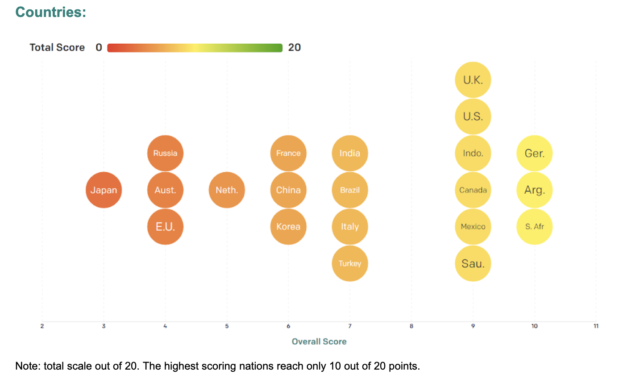
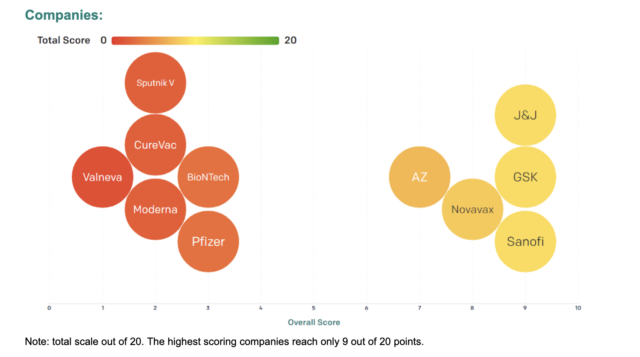
Next steps
As we’ve seen in Pandemica, if the COVID-19 vaccine isn’t everywhere, this pandemic isn’t going anywhere. Without global vaccine access:
- There could be twice as many COVID-19 related deaths if rich countries monopolize the first 2 billion doses of vaccines instead of making sure they are distributed globally.
- Vaccine hoarding could cost the global economy up to US$9.2 trillion, with rich countries bearing half of those costs.
- The virus will continue to mutate and go unchecked. Widespread vaccination is the only way to slow the transmission of the virus and prevent new variants.
So while the race continues, here are crucial steps to take to secure global vaccine access:
- Mobilize the funding needed to ensure that every country can cover its vaccine requirements.
- Press pharmaceutical companies to participate in the World Health Organization’s COVID-19 Technology Access Pool (C-TAP).
- Implement a vaccine-sharing arrangement where wealthier countries with surplus vaccines share them with less wealthy countries.
- Continue to ramp up funding for COVAX.
- Loosen trade restrictions that impeded the timely manufacturing of, distribution of, and affordability of vaccines temporarily.
Learn more about our latest Vaccine Access Test 2.0 findings and find out more about the need for global vaccine access in our new series Pandemica.
